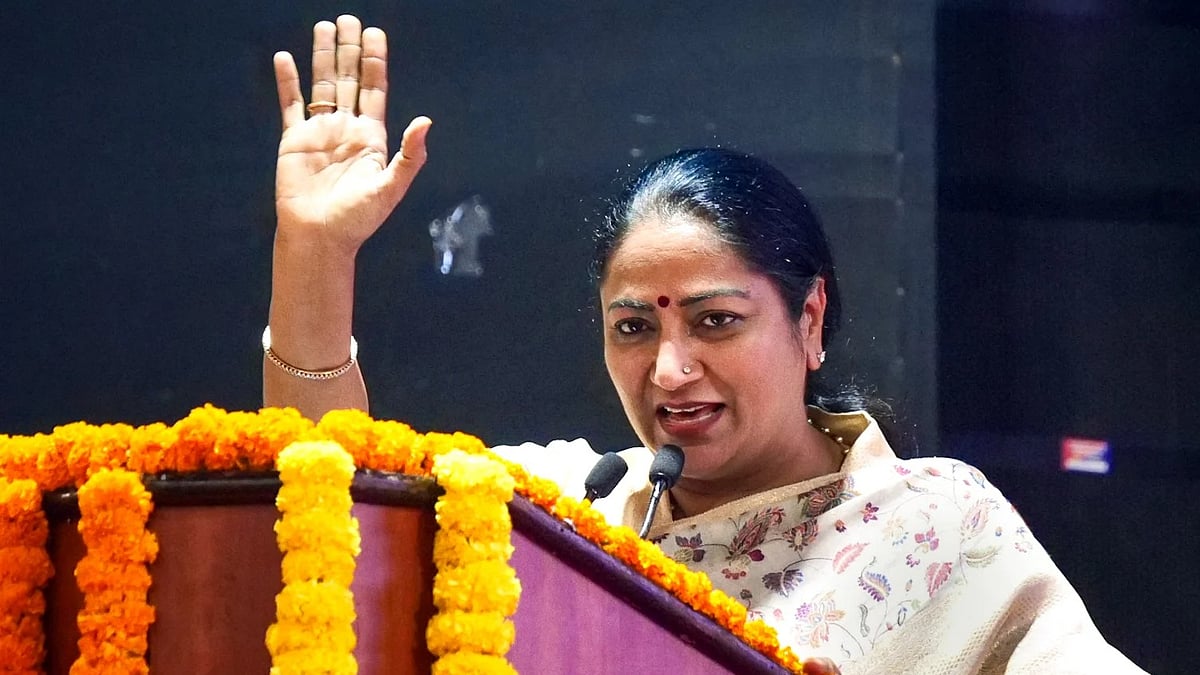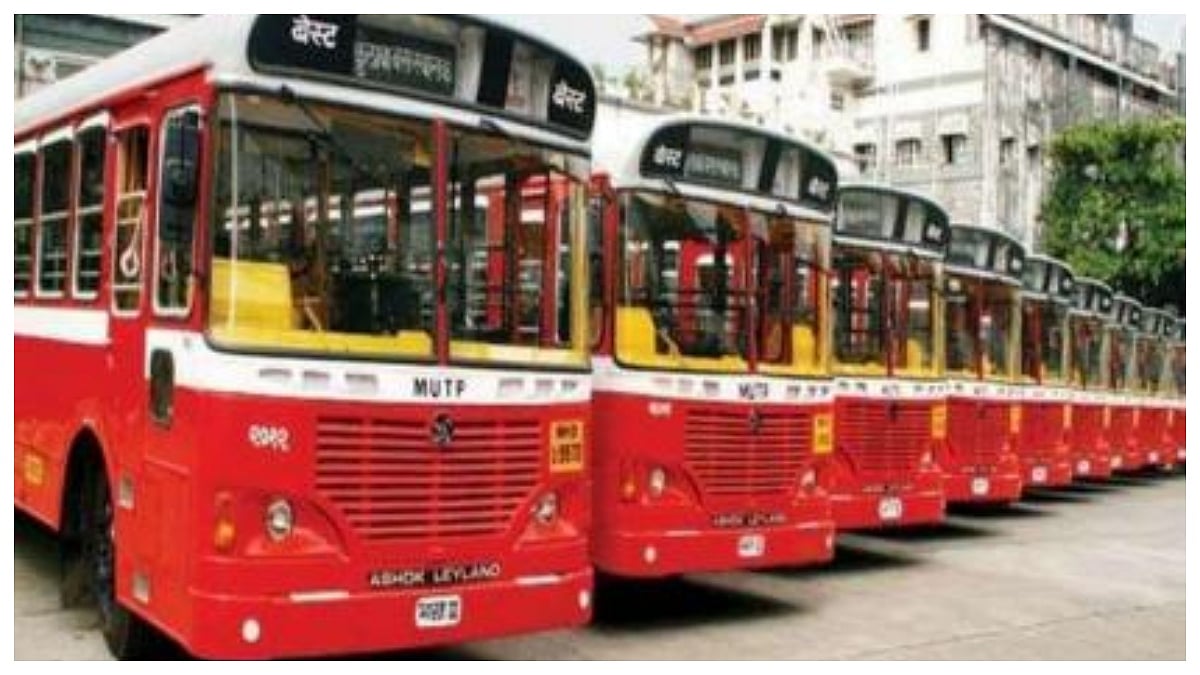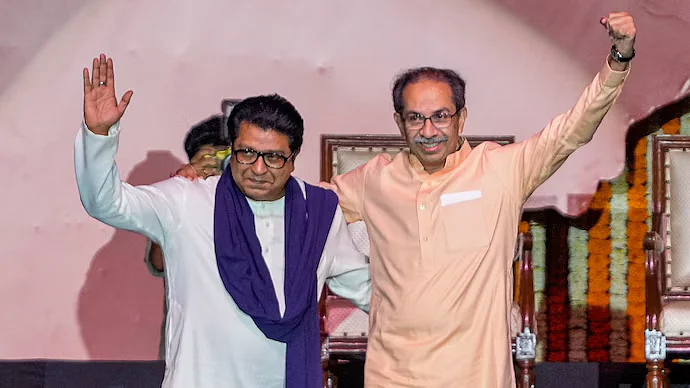Rancho had rice in the camera war. In 1987-88, when India and Chinese troops faced-off across the Sumdorong Chhu in Arunachal, it was known as the ‘loudspeaker war’, each side hailing the other to retreat. This time it is with cameras in Ladakh.
That’s the news from Ladakh. Rancho is the screen character essayed by Aamir Khan in the movie “The Three Idiots”. The character aka Phunsuk Wangdoo was inspired by Sonam Wangchuk, an innovative engineer who was on fast till Jan 30. He, and thousands of Ladakhis with him, are demanding implementation of the Sixth Schedule of the Constitution.
The promise was made by the BJP Government of Narendra Modi even as it nullified Article 370 in the year 2019 and created the separate Union Territories of Jammu & Kashmir and Ladakh. The Sixth Schedule of the Constitution is a proviso for local self-governance. It is applicable mostly in India’s North East.
Wrapped in layers of blankets in the biting winter of the cold desert near Leh, Sonam Wangchuk, an admirer of Mr Modi, smuggled out videos of himself in which he claimed he was practically under house arrest at his Himalayan Institute of Alternatives (HIALS).
He wanted to be on a five-day fast at Khardung La, the pass above 18,000 feet that connects to the Siachen Glacier, the pass through which thousands of troops are rotated every season, and the one through which India maintains its territorial claim over the icy tops. The Lieutenant Governor of Ladakh, said Mr Wangchuk, had denied permission for the fast at Khardung La top.
East of Khardung La, is another pass, the Chang La, the gateway to Eastern Ladakh, the 775 kms of the Line of Actual Control with China where Indian troops and the Chinese Peoples Liberation Army (PLA) are facing off.
It takes a special ability by a Union home ministry and the security apparatus to provoke or incite domestic trouble in such a strategic area, the only pocket of territory that India’s adversarial neighbours China and Pakistan conjoin and the venue for the largest military operation that India has seen in two decades since Operation Parakram, the military deployment that followed the attack on the Indian Parliament on Dec 13, 2001.
Just how sensitive the area is was known from a paper prepared by the Superintendent of Police (SP) of Leh, headquarters of Ladakh and of the 14 (Fire and Fury) Corps of the Indian Army. The SP of Leh is PD Nitya. She was on the Republic Day honours list this month.
In the copy of the paper I am reading as I write this, there is a point: that the BPM (Border Personnel Meeting) Hut at the Spanggur Gap in the Kailash Range from where one looks into the Chinese side and can see the Chinese BPM Hut straight ahead, has practically become the LAC (Line of Actual Control). I dig into old files for pictures of the BPM Hut. They are played alongside these lines.
The paper was presented at a conference of Directors and Inspectors Generals of Police. The conference was attended by the Prime Minister, the Home Minister and the National Security Advisor last week.
Without stating the obvious, the paper shows just how hollow was the infamous bombast of “na koi ghusa hai” (no one has entered our territory) by Mr Modi in 2020.
Here are excerpts:
* PLA has taken advantage of the buffer zone areas in the de-escalation talks by placing their best cameras on the highest peaks and is monitoring the movement of our forces.
* This peculiar situation can be seen at Black Top, Helmet Top (peaks) in Chushul, at Kakjung and Gogra Hills in Hot Springs and at Depsang Plains near the Chip Chap River
* (Here is an admission that Indian forces have retreated in Galwan, where 20 Indian soldiers were killed in a deadly clash on June 15, 2020): With the ‘salami slicing’ strategy, they (the PLA) object to our movement even in the buffer zone, claiming it to be their area of operations and then further ask us to move back and create more ‘buffer’ areas. THIS SITUATION HAS HAPPENED AT ‘Y”NULLAH AT GALWAN WHERE WE WERE FORCED TO MOVE BACK TO CAMP 01 WITHOUT DOMINATING THE HIGHER POSTS OVERSEEING THE ‘Y’ NULLAH.
* At Chushul, the BPM Hut near the airfield has become the de facto LAC...

View of the Chinese side from the Indian Border Personnel Meeting Hut in the Spanggur Gap/Chushul Valley | Pic: Sujan Dutta
The point that was highlighted after the SP presented the paper was that Indian forces have lost access to 26 of 65 patrolling points. But it is in the reading of the paper in full that the gravity of the military crisis gets fleshed out. There are 65 patrolling points on the roughly 775 km LAC in Eastern Ladakh starting from the Karakoram Pass in the North to Chumur in the South. The Karakoram Pass itself has not been a matter of dispute between India and China (Xinjiang, the province of China across the Karakoram pass). But the paper says that the Indian Army has now blocked access to the recognised International Boundary point. She suggests that tourists should be given access to the the pass.
“Till September 2021, senior officials of the district administration and the ISF (Indian Security Forces) would easily patrol till KKP, 35 kms from Daulat Beg Oldie. However, restrictions in the form of checkposts were placed by the Indian Army since December 2021 as PLA had installed cameras and would immediately raise objections to movement on the Indian side,” the paper notes.
Time was when a commander of the 14 Corps told me during a visit that after the PLA had put up a camera on a mast at the KKP, “we put up two cameras on a higher mast”.
Sujan Dutta is a journalist based in Delhi. He tweets from @reportersujan










